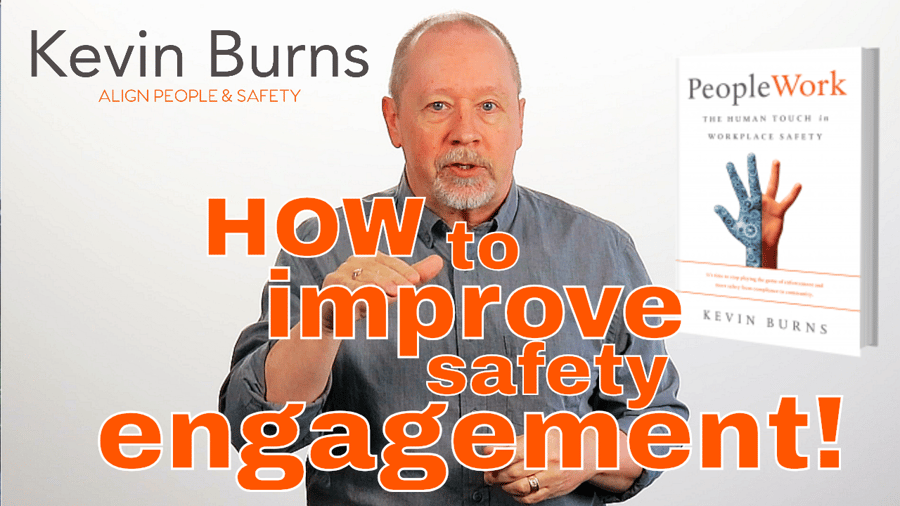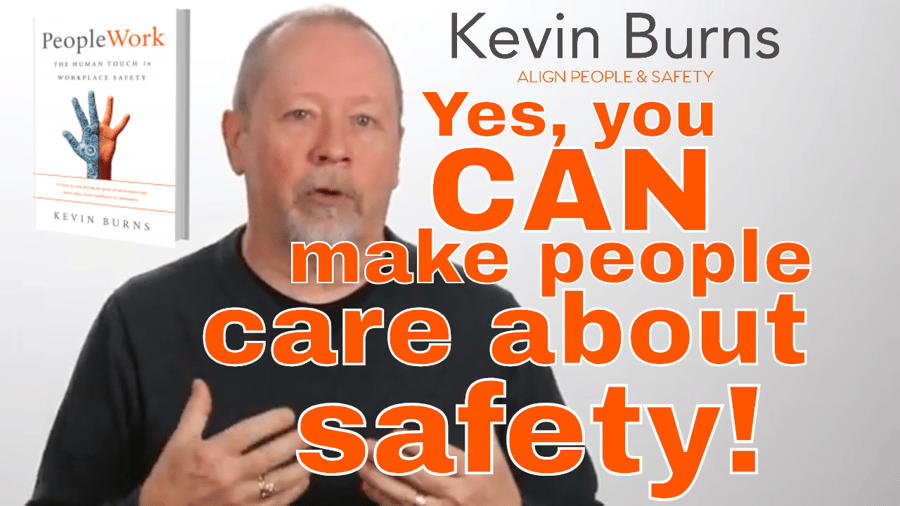
If you want to change safety performance, you have to change the approach and the conversation. In safety, there are no trade secrets. The same set of rules apply to every company within an industry. Construction safety applies to all builders. Mining safety is the same for every mine. Electrical safety is the same for every electrician. Whatever your industry, your competitors don’t get a leg up because they have different rules to play by. Everyone has the same rules and the same code.











